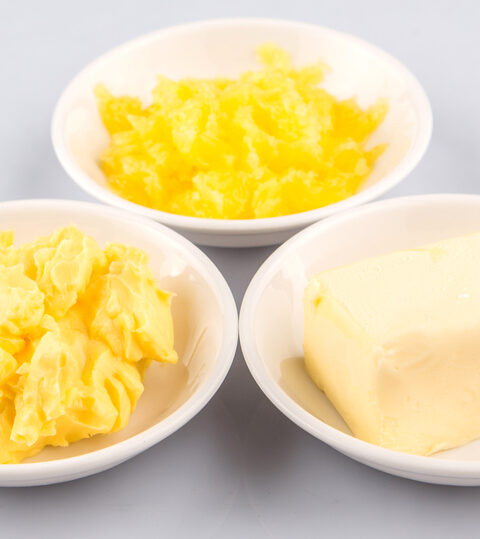There are plenty of indoor plants that thrive even in low-light environments. These plants not only add a touch of green to your home but also offer benefits like air purification and low maintenance. Whether you have a busy lifestyle, limited space, or simply a less sunny spot, these resilient plants can fit right in. They come with their own unique pros and cons, but all are relatively easy to care for and can add a refreshing touch to any space.
Contents
- 1 Snake Plant (Sansevieria)
- 2 ZZ Plant (Zamioculcas Zamiifolia)
- 3 Peace Lily (Spathiphyllum)
- 4 Pothos (Epipremnum aureum)
- 5 Philodendron
- 6 Chinese Evergreen (Aglaonema)
- 7 Cast Iron Plant (Aspidistra elatior)
- 8 Parlor Palm (Chamaedorea elegans)
- 9 Spider Plant (Chlorophytum comosum)
- 10 Lucky Bamboo (Dracaena sanderiana)
- 11 Dracaena (Dracaena spp.)
- 12 Maidenhair Fern (Adiantum spp)
- 13 Boston Fern (Nephrolepis exaltata)
- 14 Prayer Plant (Maranta leuconeura)
- 15 Peperomia
- 16 Dumb Cane (Dieffenbachia)
- 17 Rubber Plant (Ficus elastica)
- 18 Arrowhead Plant (Syngonium podophyllum)
- 19 Heartleaf Philodendron (Philodendron hederaceum)
- 20 English Ivy (Hedera helix)
- 21 Bird’s Nest Fern (Asplenium nidus)
- 22 Calathea
- 23 Nerve Plant (Fittonia)
- 24 Wax Plant (Hoya Carnosa)
- 25 Swiss Cheese Plant (Monstera adansonii)
- 26 More From RetailShout
- 27 17 Regional German Foods Everyone Needs To Try
- 28 15 Fun Food Crafts To Make For Someone You Love
Snake Plant (Sansevieria)
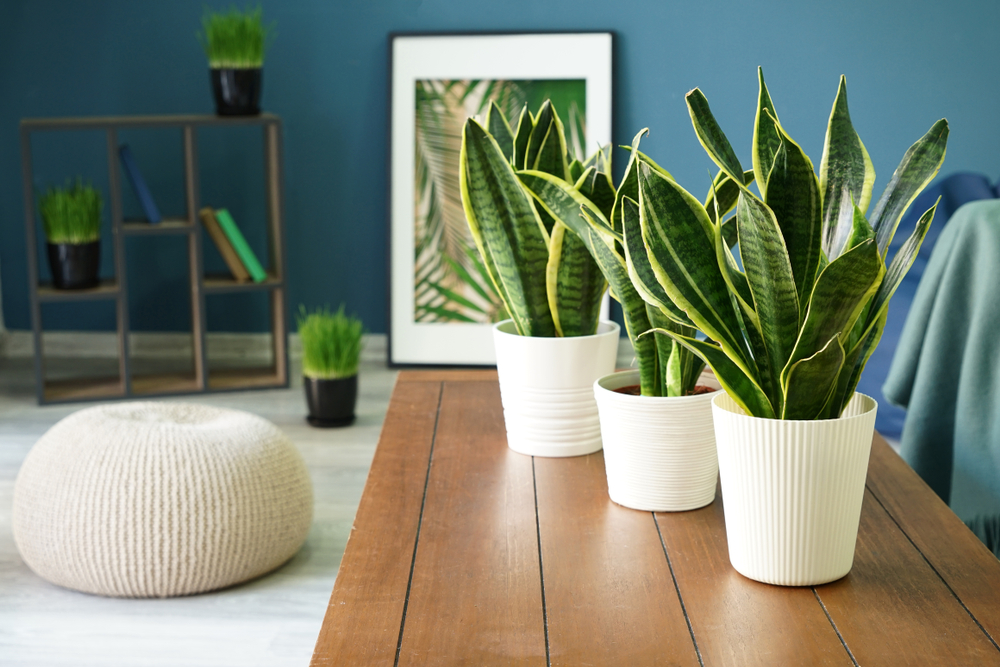
The Snake Plant, also known as mother-in-law’s tongue, is famous for its tough, sword-like leaves. It excels in low-light conditions and requires minimal watering, making it ideal for busy individuals. Pros include its air-purifying qualities and resilience to neglect. However, it grows slowly and can suffer from root rot if overwatered. This plant is perfect for those new to houseplants due to its low maintenance needs.
ZZ Plant (Zamioculcas Zamiifolia)
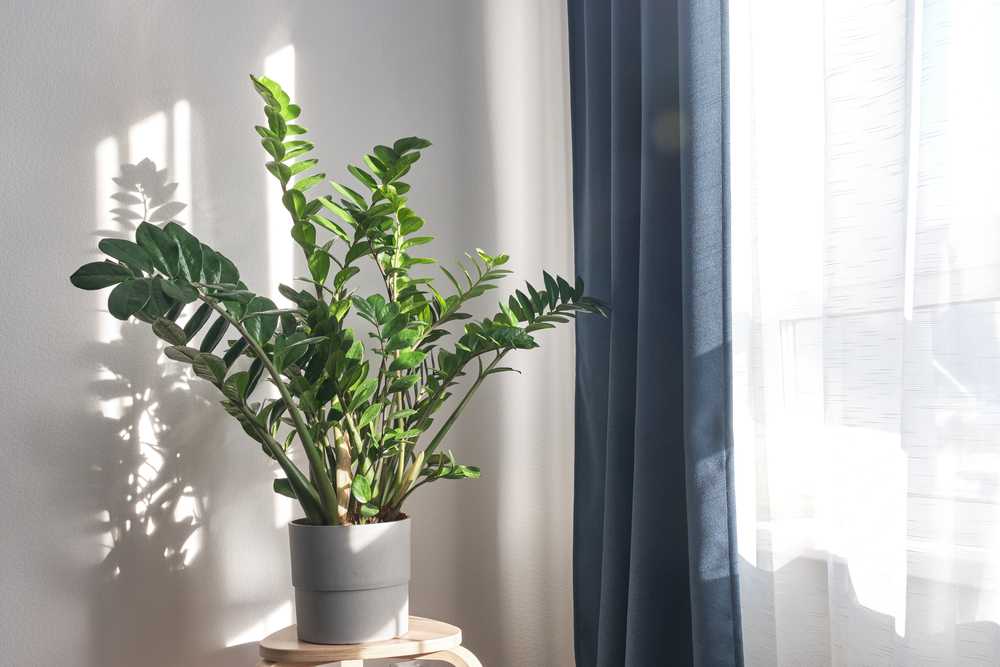
The ZZ Plant is renowned for its waxy, smooth leaves and its ability to thrive in low light. It is drought-tolerant and can withstand weeks without water. One advantage is its air-purifying capabilities, which help to improve indoor air quality. Its slow growth rate means it requires less frequent repotting, making it an excellent choice for offices. Place it in a decorative pot to enhance any room’s decor.
Peace Lily (Spathiphyllum)
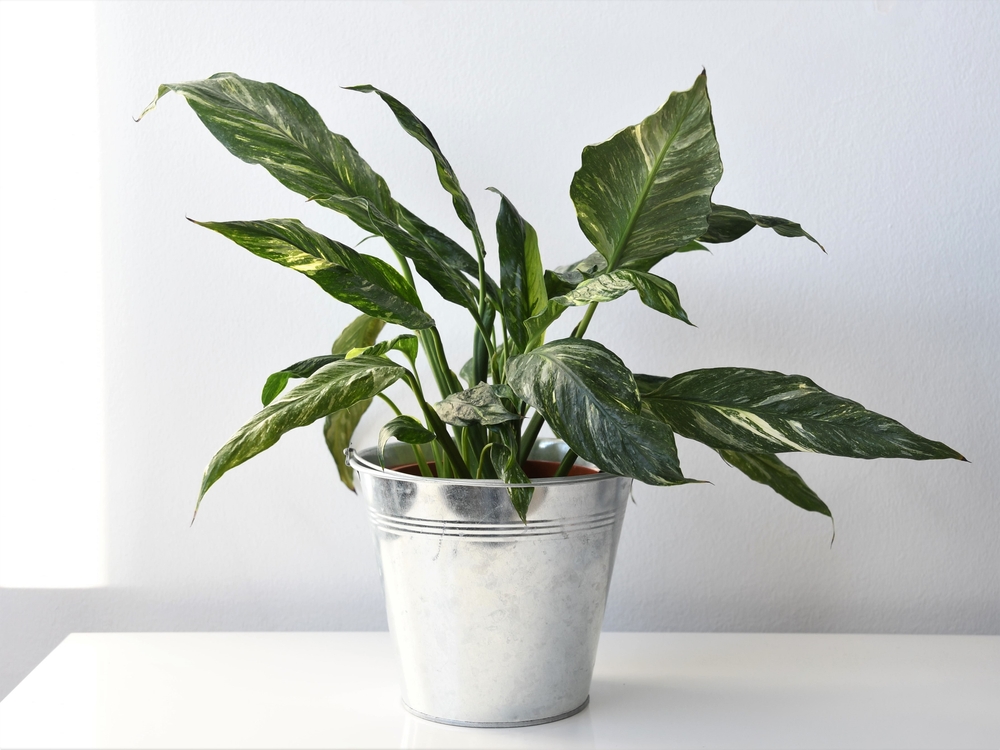
Peace Lilies are known for their striking white flowers and glossy green leaves. They flourish in low-light environments and need only moderate watering. Their ability to filter indoor air pollutants is a significant benefit. Regular pruning is necessary to maintain their aesthetic appeal. Peace Lilies are often found in homes and offices, bringing a touch of elegance and freshness.
Pothos (Epipremnum aureum)

Pothos, or devil’s ivy, is a hardy plant that grows well in low light and is known for its trailing vines. It’s very low-maintenance and can thrive even with infrequent watering. Pros include its air-purifying properties and ease of propagation. This plant is perfect for hanging baskets or as a trailing tabletop plant, adding a lush, green cascade to your space. Its versatile growth makes it a popular choice for both beginners and experienced plant owners.
Philodendron
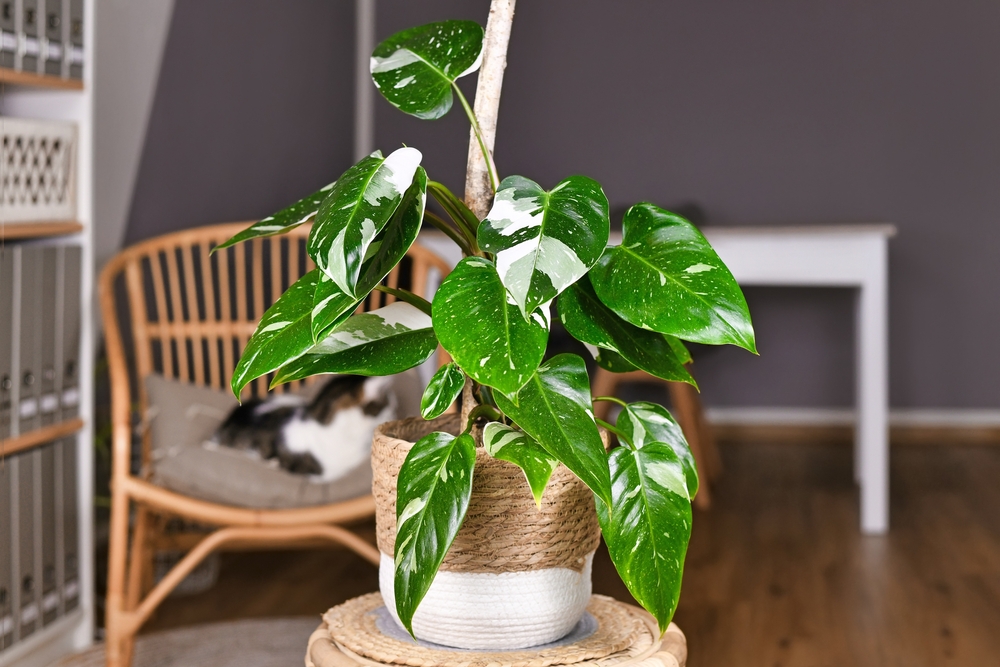
Philodendrons are versatile plants with heart-shaped leaves that do well in low light. They require little watering and are known for their air-purifying abilities. They grow quickly, which is a pro for those who want a lush indoor garden. Regular pruning helps manage their growth and shape. Philodendrons are great for adding a tropical touch to any indoor setting, making them a favorite among plant enthusiasts.
Chinese Evergreen (Aglaonema)

The Chinese Evergreen is an easy-to-care-for plant with striking variegated leaves. It tolerates low light and infrequent watering, making it ideal for beginners. Its air-purifying properties are a bonus. This plant grows slowly, which means it doesn’t require frequent repotting, perfect for low-maintenance gardeners. Chinese Evergreens are often used to brighten up dull corners with their attractive foliage.
Cast Iron Plant (Aspidistra elatior)
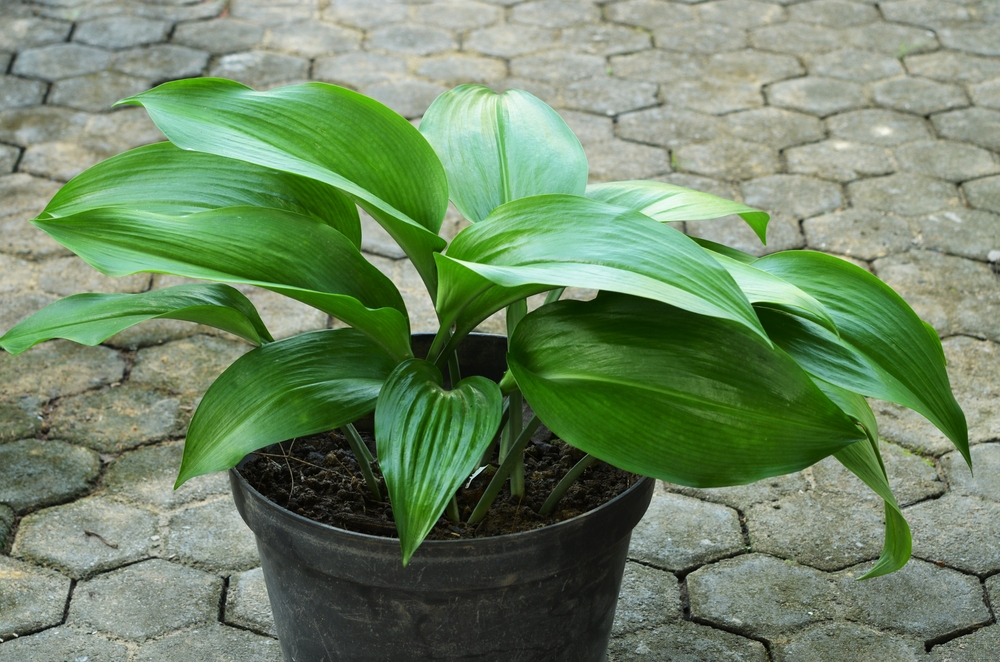
The Cast Iron Plant is known for its tolerance to low light, infrequent watering, and neglect. It has large, dark green leaves that add a touch of elegance to any space. Its resilience is a major advantage, but it grows very slowly. This plant is perfect for dark corners and low-maintenance environments. The Cast Iron Plant is a classic choice for those seeking a durable and attractive houseplant.
Parlor Palm (Chamaedorea elegans)

The Parlor Palm is a compact, elegant plant that thrives in low light and adds a tropical feel to any room. It requires minimal watering and care. Its small size makes it suitable for tabletops or small spaces. This palm grows slowly but steadily, making it a reliable choice for long-term enjoyment. The Parlor Palm’s graceful fronds are perfect for adding a touch of greenery to offices and living rooms.
Spider Plant (Chlorophytum comosum)
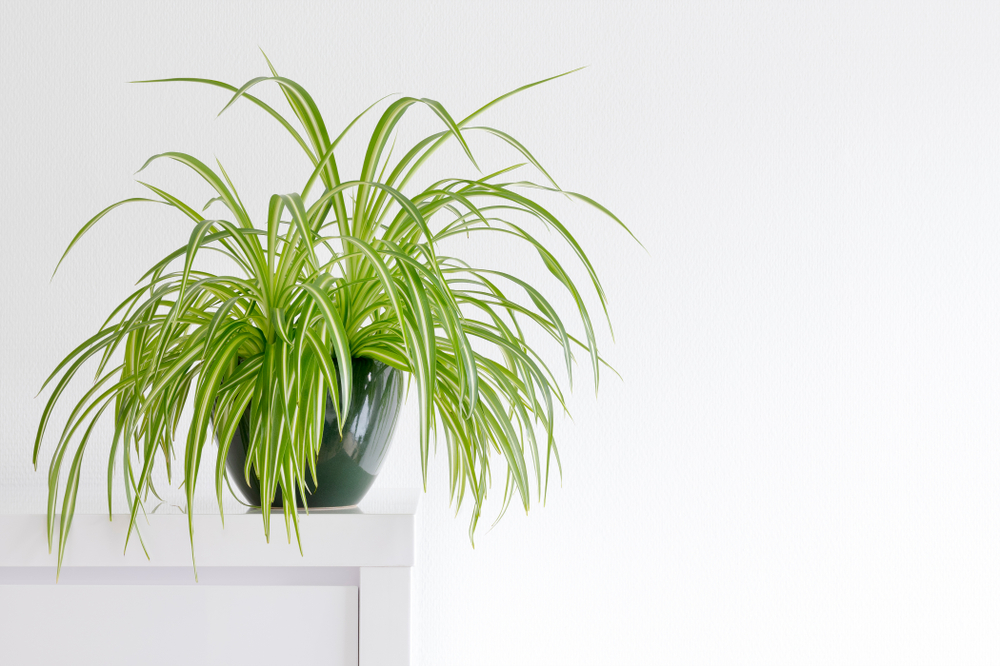
Spider Plants are known for their arching, grassy leaves and spider-like offshoots. They thrive in low light and need moderate watering. Pros include their air-purifying abilities and easy propagation. This plant is great for hanging baskets or as a tabletop plant, adding a playful element to your decor. Spider Plants are also popular for their ability to produce “baby” plants that can be easily shared or replanted.
Lucky Bamboo (Dracaena sanderiana)
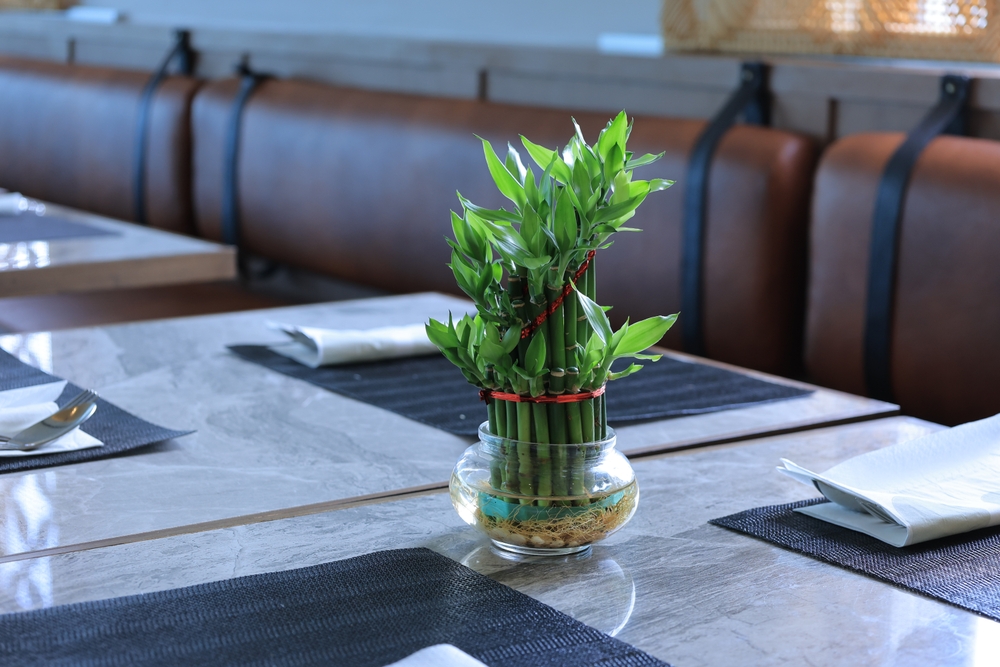
Lucky Bamboo is a popular indoor plant that thrives in low light and can grow in water or soil. It requires minimal care and is believed to bring good fortune. Its versatility in growth mediums is a pro, but it may suffer from fluoride toxicity in tap water. Regular water changes or using distilled water can mitigate this issue. Lucky Bamboo is often used in Feng Shui to attract positive energy.
Dracaena (Dracaena spp.)
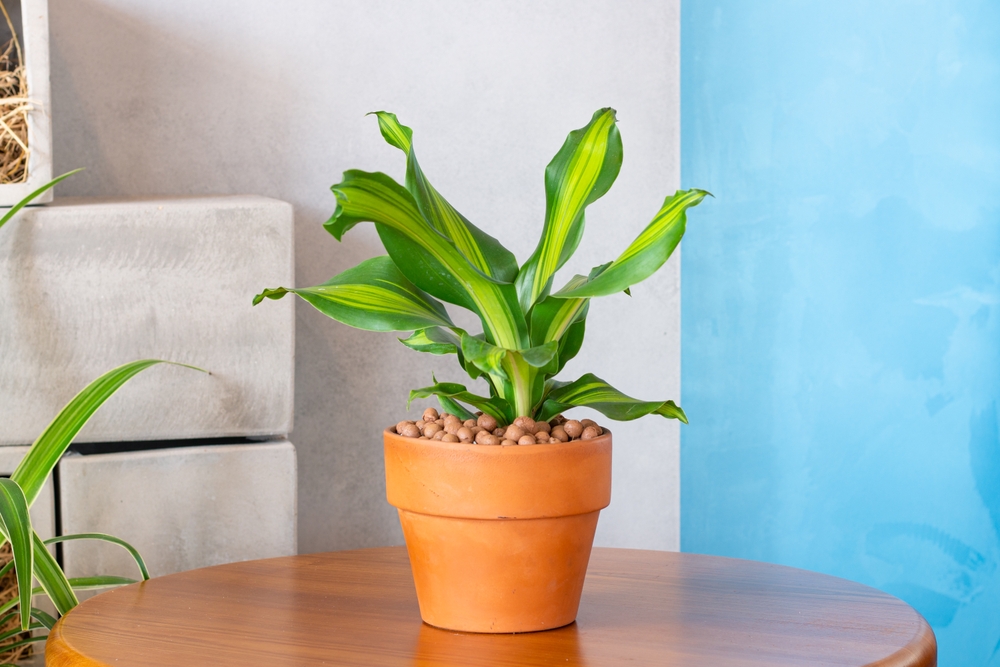
Dracaenas are versatile plants with a variety of leaf shapes and colors. They thrive in low light and need infrequent watering. Their air-purifying qualities are a significant benefit. Regular pruning helps maintain their shape and health. Dracaenas are excellent for adding a touch of sophistication to both homes and offices, with their striking foliage and low maintenance needs.
Maidenhair Fern (Adiantum spp)
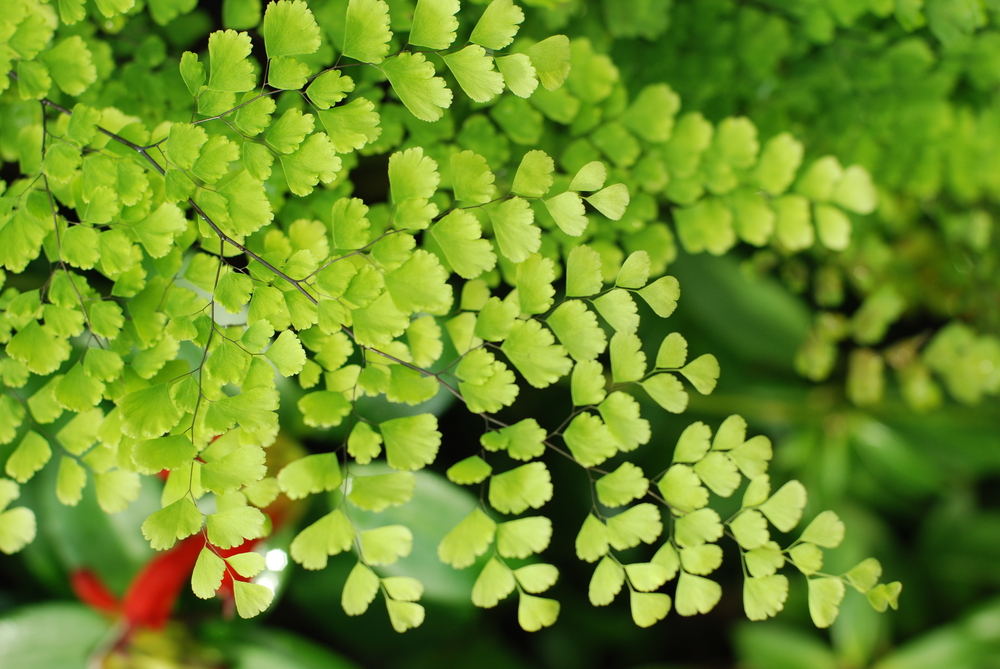
Maidenhair Ferns are delicate plants with lacy, green fronds that do well in low light. They require consistent moisture and high humidity. Their beauty is a major advantage, but they can be high maintenance due to their moisture needs. This plant is perfect for bathrooms or humid areas. The Maidenhair Fern adds a soft, ethereal touch to any indoor space.
Boston Fern (Nephrolepis exaltata)
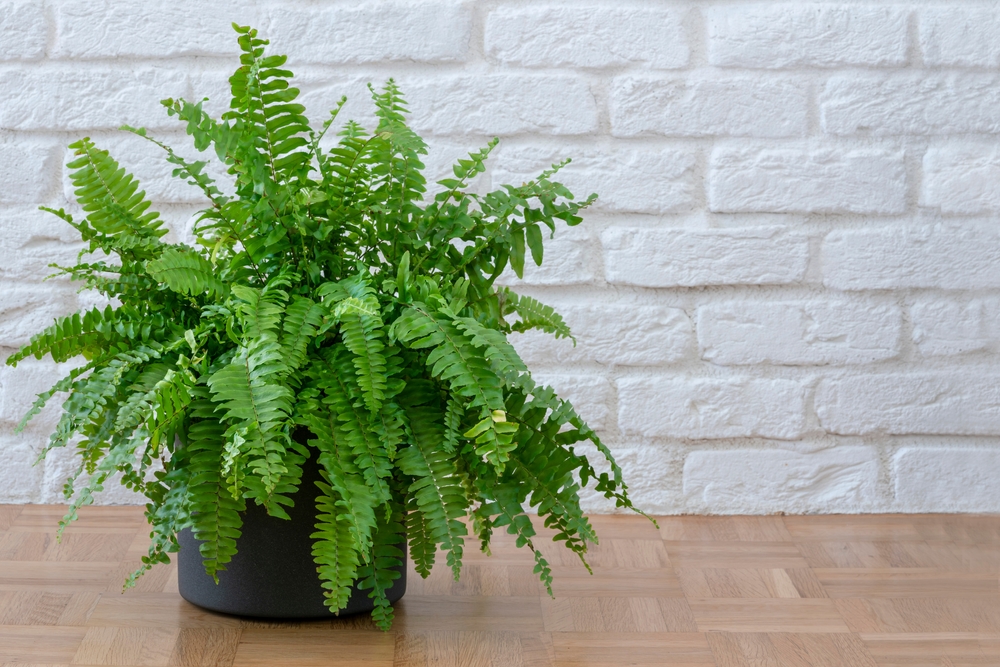
Boston Ferns have lush, arching fronds that thrive in low light and high humidity. They need consistent moisture and occasional misting. Their air-purifying abilities are a pro, but they can be high maintenance. Regular pruning and attention to humidity levels are necessary to keep them healthy. Boston Ferns are ideal for hanging baskets or pedestal planters, adding a classic, elegant look to any room.
Prayer Plant (Maranta leuconeura)

Prayer Plants are known for their uniquely patterned leaves that fold up at night. They do well in low light and require moderate watering. Their striking appearance is a major advantage. However, they can be sensitive to water quality and humidity. Regular care and filtered water can help maintain their health. Prayer Plants are great for adding visual interest and movement to indoor plant collections.
Peperomia
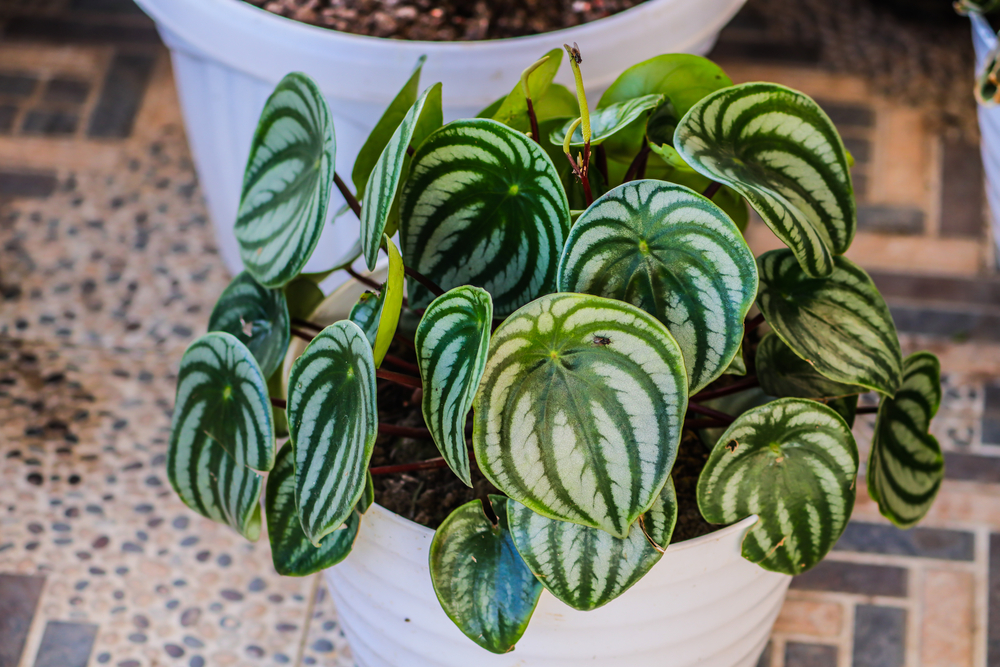
Peperomias are small, easy-care plants with a variety of leaf shapes and colors. They thrive in low light and need minimal watering. Their compact size is perfect for small spaces. Regular monitoring and proper watering can prevent issues. Peperomias are popular for their versatility and are often used as decorative accents on desks and shelves.
Dumb Cane (Dieffenbachia)
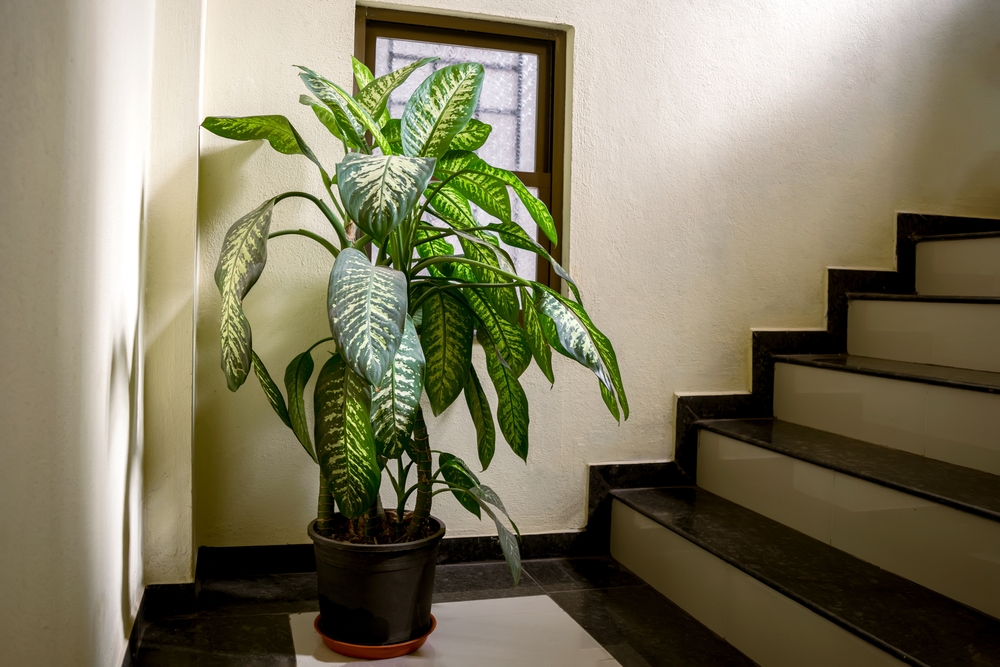
Dumb Cane is a popular indoor plant with large, variegated leaves that thrive in low light. It requires moderate watering and care. Its large leaves add a tropical feel to any room. Proper placement and regular care can help maintain its vibrant appearance. Dumb Cane is often chosen for its bold foliage and ability to make a statement in indoor spaces.
Rubber Plant (Ficus elastica)
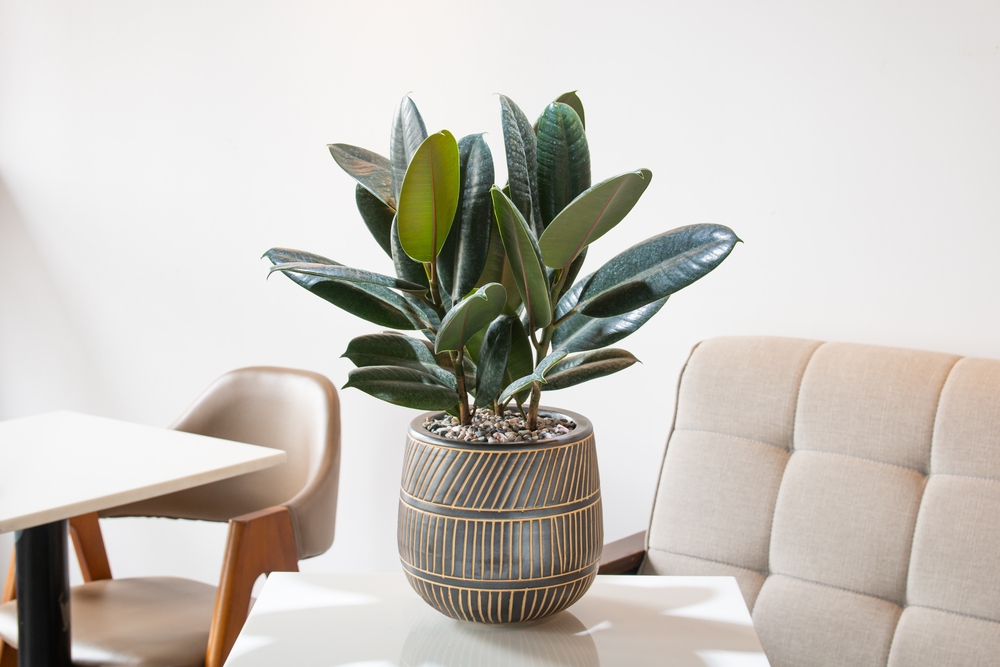
Rubber Plants have large, glossy leaves and do well in low light. They require moderate watering and care. Their air-purifying abilities and robust growth are pros. Regular care and monitoring can help maintain their health. Rubber Plants are known for their striking, glossy leaves that add a modern touch to any interior.
Arrowhead Plant (Syngonium podophyllum)
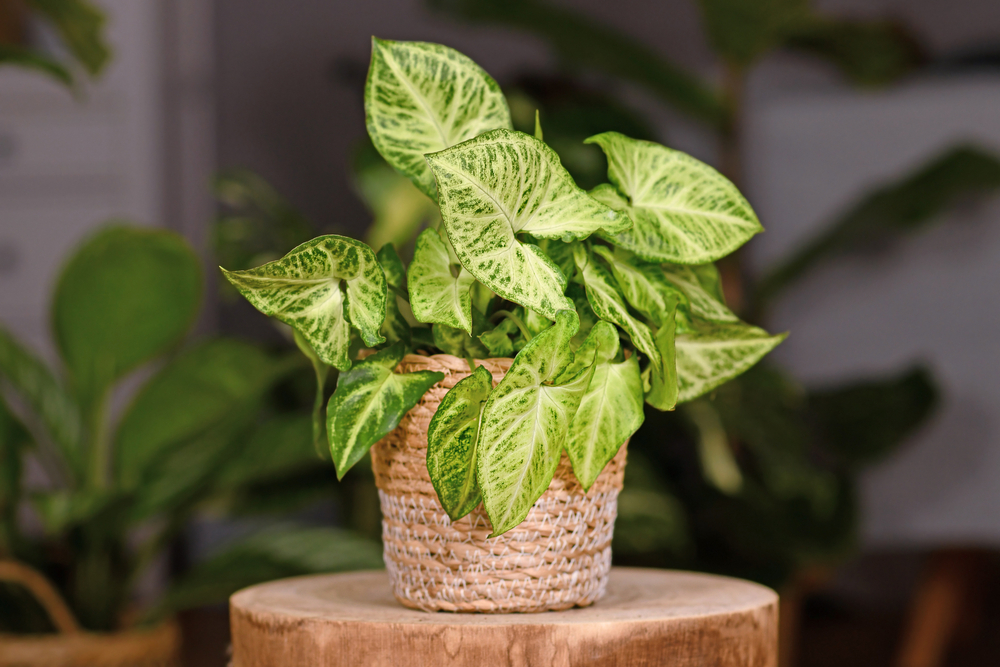
The Arrowhead Plant has arrow-shaped leaves that thrive in low light. It requires moderate watering and care. Its unique leaf shape and growth habit are appealing. Regular pruning can manage its growth. Arrowhead Plants are great for adding texture and interest to indoor plant collections.
Heartleaf Philodendron (Philodendron hederaceum)
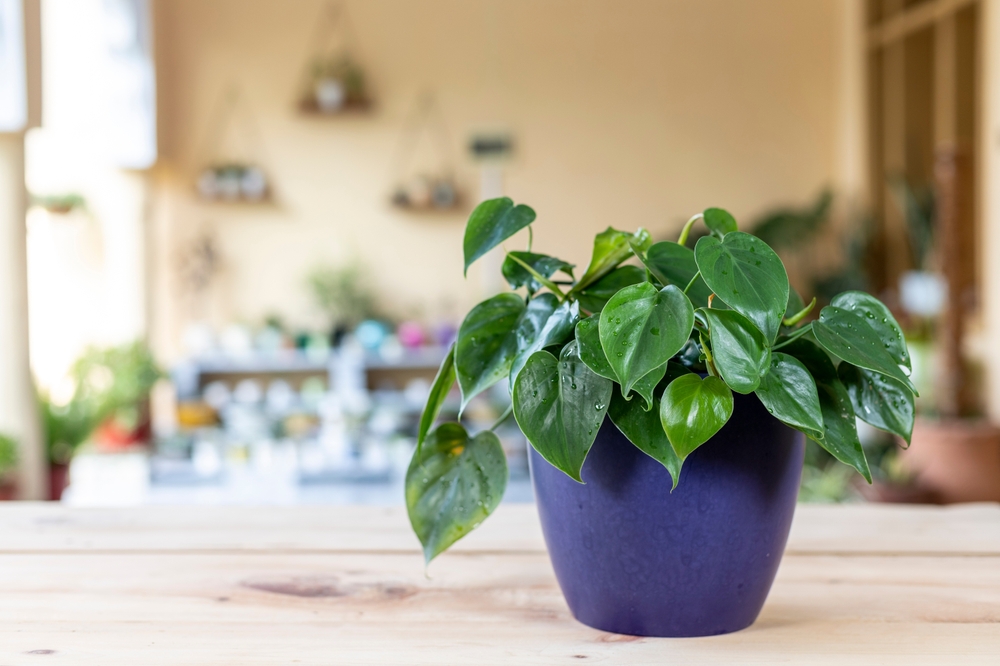
The Heartleaf Philodendron is known for its heart-shaped leaves and vining habit. It thrives in low light and requires minimal watering. This plant’s air-purifying abilities and easy propagation are major benefits. Regular pruning can help control its growth. Heartleaf Philodendrons are excellent for adding a touch of greenery to bookshelves and high places.
English Ivy (Hedera helix)
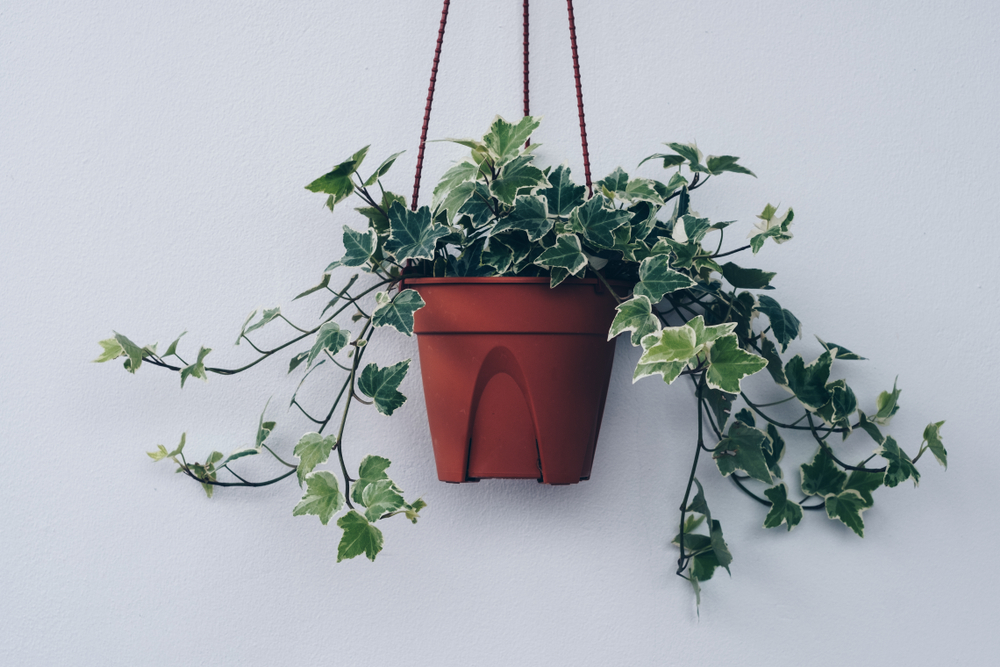
English Ivy is a versatile, trailing plant that thrives in low light and can adapt to various conditions. It requires moderate watering and care. Its ability to purify air and its aesthetic appeal are pros. Regular pruning and care can keep it healthy and vibrant. English Ivy is perfect for creating a lush, green wall or cascading from hanging baskets.
Bird’s Nest Fern (Asplenium nidus)
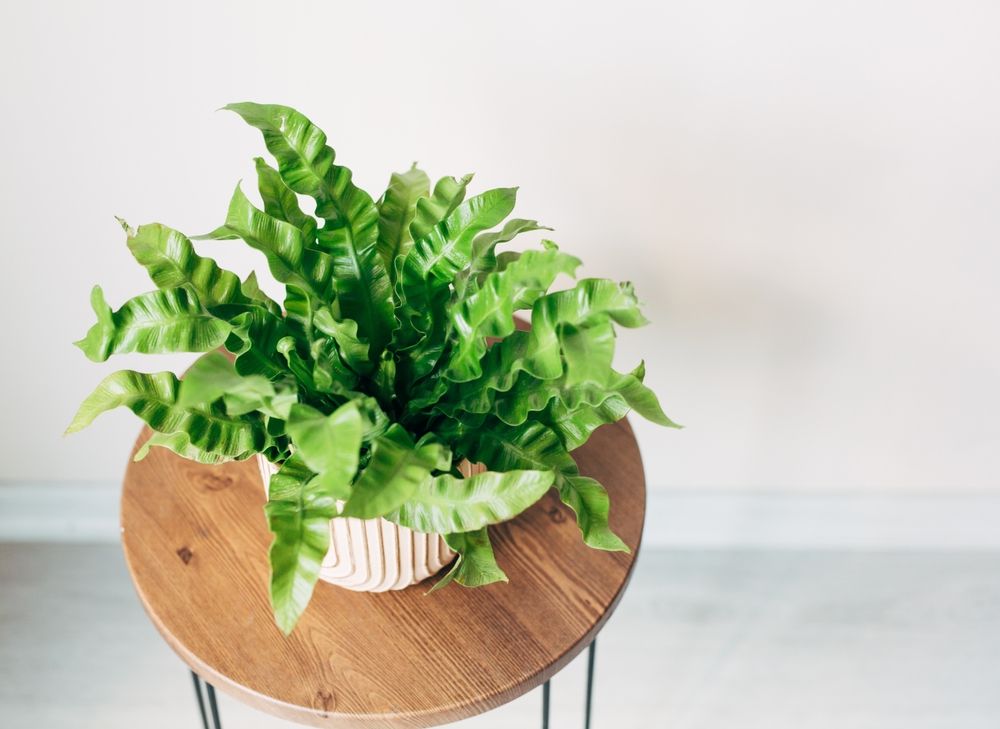
The Bird’s Nest Fern is a striking plant with wavy, bright green fronds that thrive in low light. It requires moderate watering and high humidity. Its unique appearance and air-purifying abilities are pros. Regular misting and care can help maintain its health and beauty. Bird’s Nest Ferns are perfect for adding a tropical touch to bathrooms or humid areas.
Calathea
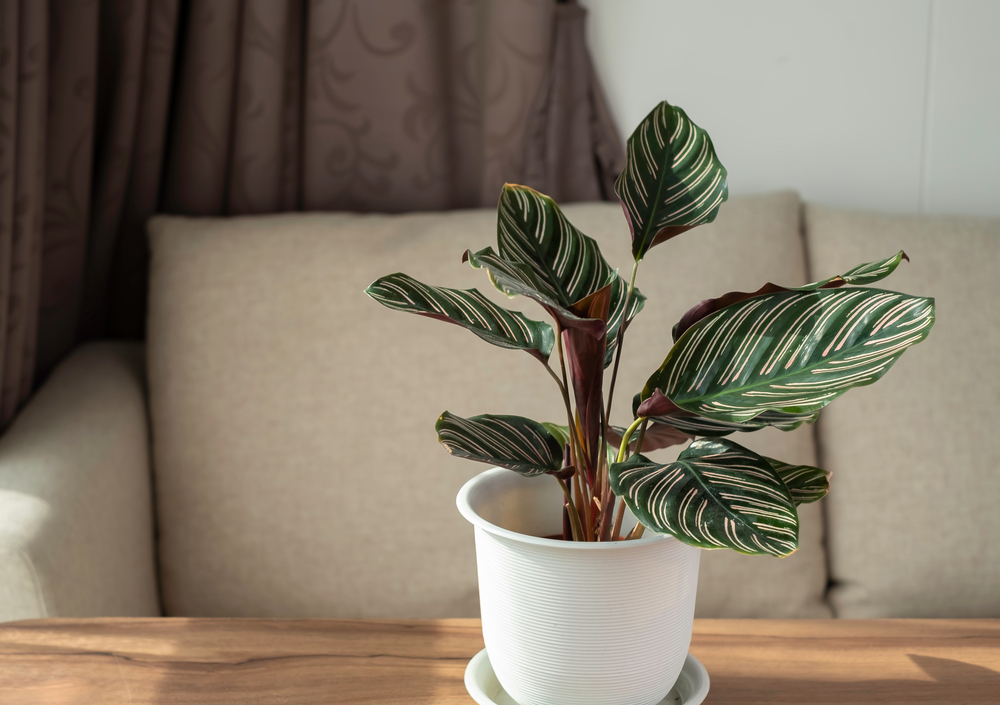
Calatheas are known for their beautifully patterned leaves and their ability to thrive in low light. They require consistent moisture and high humidity. Their striking foliage and air-purifying abilities are advantages. Proper care and attention can help maintain their vibrant appearance. Calatheas are often used as statement plants due to their dramatic and colorful leaves.
Nerve Plant (Fittonia)
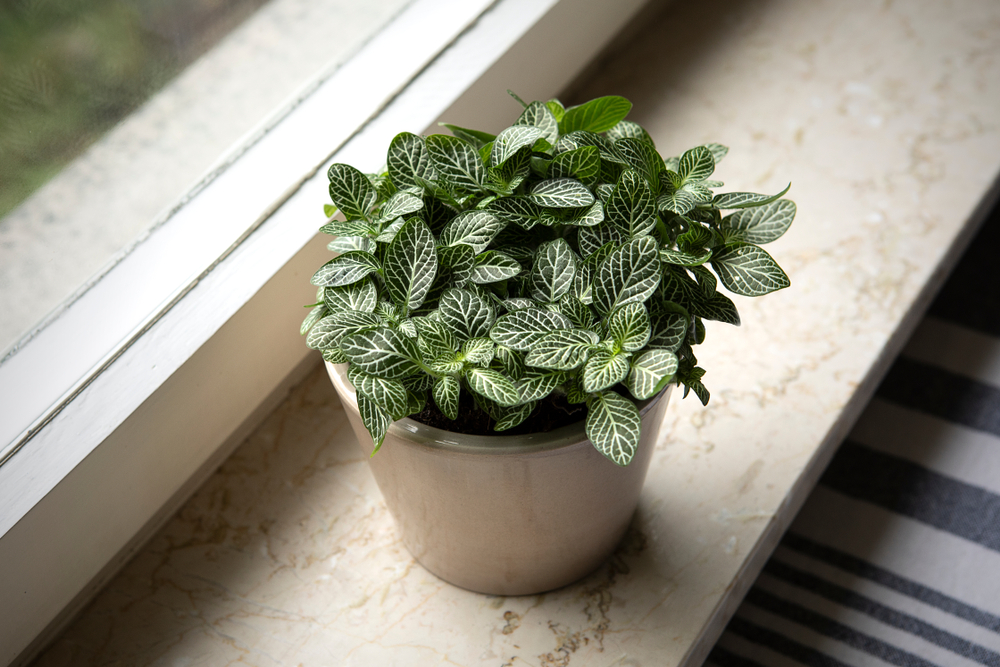
The Nerve Plant is a small, colorful plant with striking vein patterns on its leaves. It thrives in low light and high humidity. Its unique appearance and compact size are pros. Regular watering and misting can help maintain its vibrant look. Nerve Plants are great for adding a pop of color to small spaces and terrariums.
Wax Plant (Hoya Carnosa)
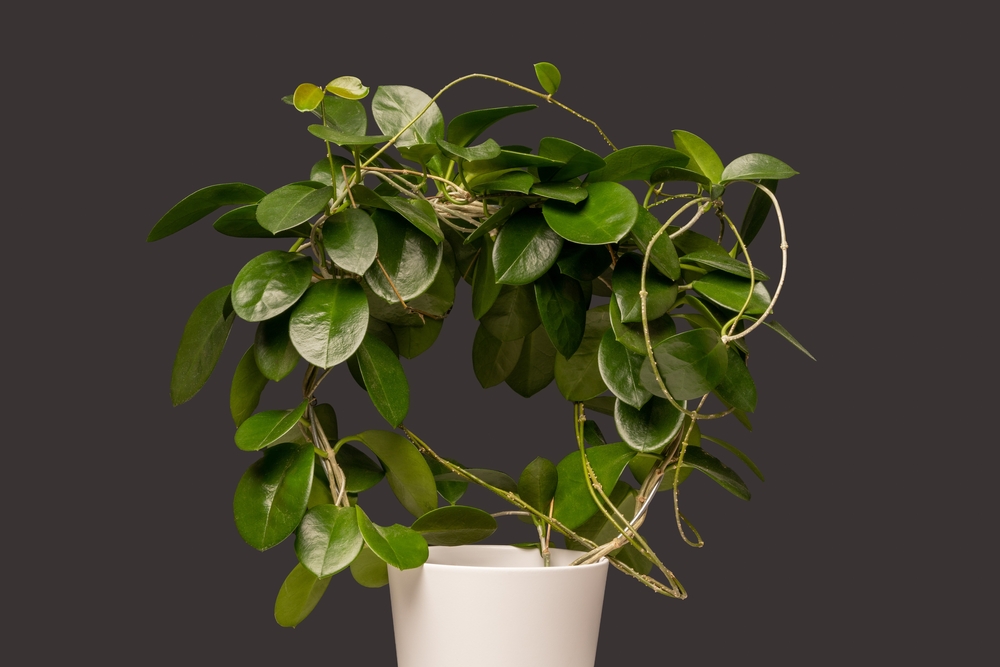
The Wax Plant has thick, waxy leaves and clusters of fragrant flowers. It thrives in low light and requires minimal watering. Its drought tolerance and attractive flowers are advantages. This plant grows slowly, making it a long-lasting addition to your indoor garden. Wax Plants are perfect for hanging baskets or as a trailing tabletop plant, bringing a touch of elegance and fragrance to any room.
Swiss Cheese Plant (Monstera adansonii)
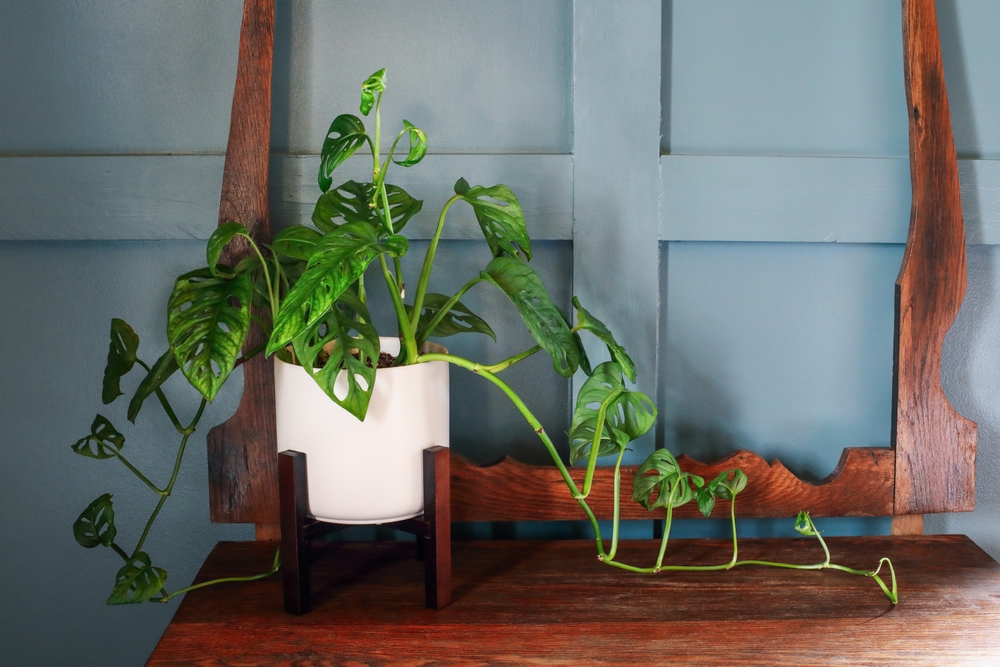
The Swiss Cheese Plant is known for its distinctive, perforated leaves and vining habit. It thrives in low light and requires moderate watering. Its unique foliage and easy propagation are pros. Regular pruning can help control its growth. This plant is great for adding a touch of the tropics to any space, making it a favorite among plant enthusiasts.
This article originally appeared on RetailShout
More From RetailShout
10 Remarkable Origin Stories Behind Popular Foods

Imagine biting into a slice of pizza or savoring a scoop of ice cream and wondering where these delicious treats came from. Well, every dish has a story, and some of your favorite foods have origins that are as interesting as their flavors. Read More.
17 Regional German Foods Everyone Needs To Try

Germany’s culture and traditions vary greatly across its regions, and this diversity is evident in its food. Each area boasts its own unique dishes, crafted with local ingredients and a strong sense of pride. Read More.
15 Fun Food Crafts To Make For Someone You Love

Crafting food gifts for someone you love is a wonderful way to show your thoughtfulness and creativity. These handmade treats can be tailored to the person’s preferences and personality and serve as meaningful gestures of affection. Read More.




